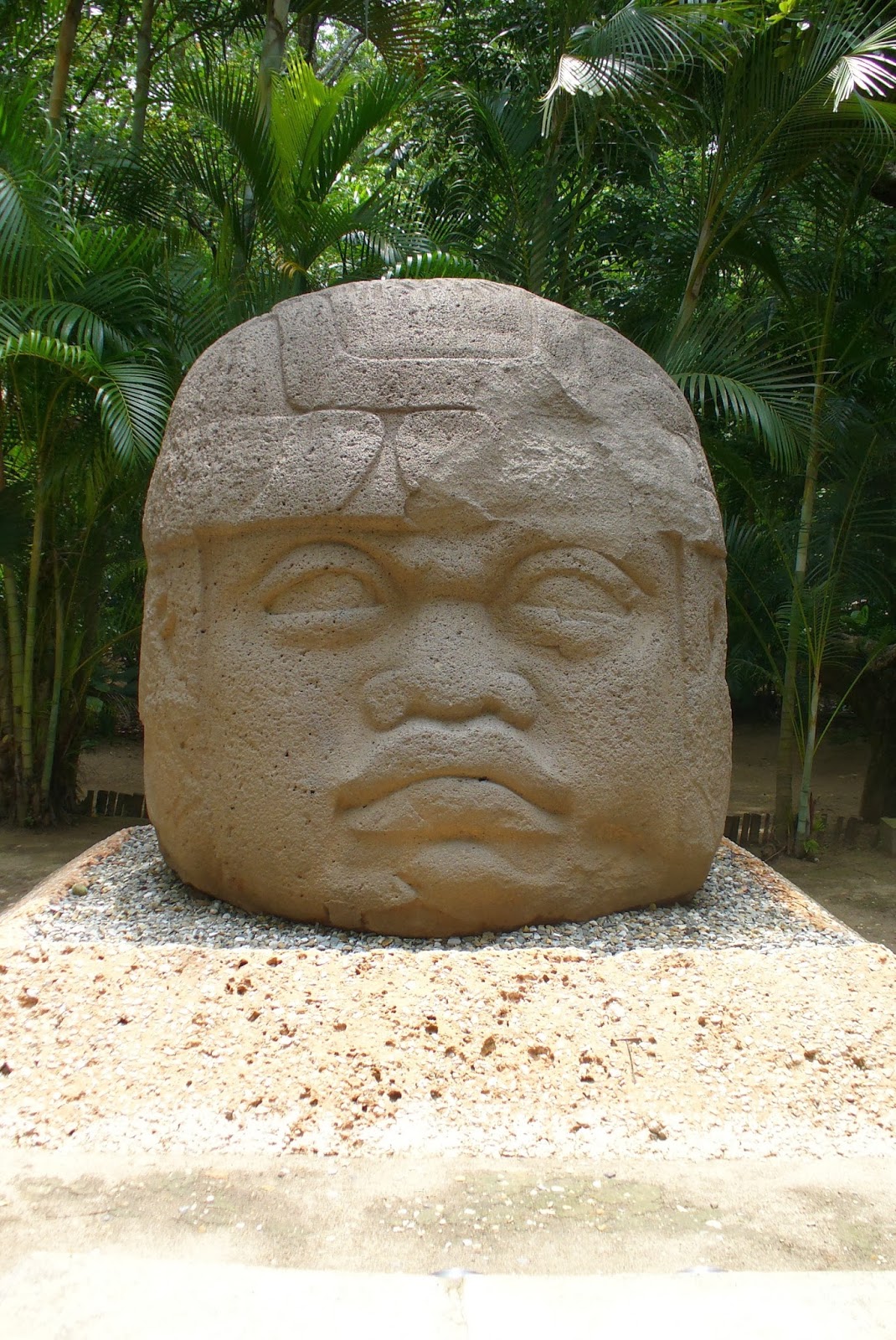What if the history of African people in the Americas
What if, instead, it began thousands of years prior with their
empowerment as great leaders and members of highly-advanced ancient civilizations?
What if we have more in common with each other, sharing a deeper ancient history in this part of the world, than is traditionally taught?
What if we have more in common with each other, sharing a deeper ancient history in this part of the world, than is traditionally taught?
And how would we ever know this, much less teach our children about it,
if our textbooks fail to mention it?
My teaching teammate and I encountered this challenge a few years ago as
we set out to design an integrated unit about the Maya people of Mesoamerica . As we
researched this civilization, we discovered that they weren’t the first
advanced people in the region. There was
actually an older civilization that existed before they did. This civilization, the Olmec civilization,
was so influential that it is known as the Mother Culture of Mesoamerica .
We searched for resources to teach our students about the Olmec, but they
were sparse. This led us to apply for,
and be awarded, a grant to travel to México so we could research the Olmec and
Maya and gather primary sources we could bring back to our classroom.
Based on our excursion, we created a virtual field trip to Veracruz museum
of La Venta
The facial features of these Olmec heads are unmistakably African and
Asian. This is fascinating to students,
who have traditional worldviews of what they think Mexican people look
like. We take this opportunity to
discuss the diversity of people living in México today, and to observe the
diversity of our own classroom. The
Olmec heads help our students understand our common ancient history, and they
begin to make cross-cultural, multi-racial connections.
Once we pique students’ interest in learning more about this mysterious
civilization, we engage them in cooperative learning groups where they analyze the
pictures we took of several Olmec artifacts found at La Venta and other museums
in the region. Again, they make
observations, generate questions, and make conjectures about what we might be
able to infer about the Olmec based on their artifacts.
We then highlight specific Olmec symbols and their meanings, using materials from the de Young Fine Arts Museums of San Francisco
This investigation serves as a wonderful launch to a more thorough
investigation of the Mayan civilization.
Equipped with background knowledge about how to think like
archaeologists, our students are able to analyze Mayan artifacts and
structures. They also use their critical
thinking skills to make conjectures about the rise and fall of the Mayan city-states. Because there is a wealth of written
materials and primary sources with which to teach about the Maya people, we are
able to integrate social studies, language arts, math and science into this
unit.
Beginning with an experiential investigation, based on a virtual field
trip to this region, students are inspired to make new connections and to
deepen their understanding of thousands of years of human history. With their blend of various racial
characteristics and their location in Mesoamerica ,
the Olmec are a fascinating way for students of all races and ethnicities to
see themselves reflected in their learning.
The Olmec also taught me that when traditional textbooks do not provide
the learning experiences that students will find compelling, it is up to us to
find creative ways to design them.
